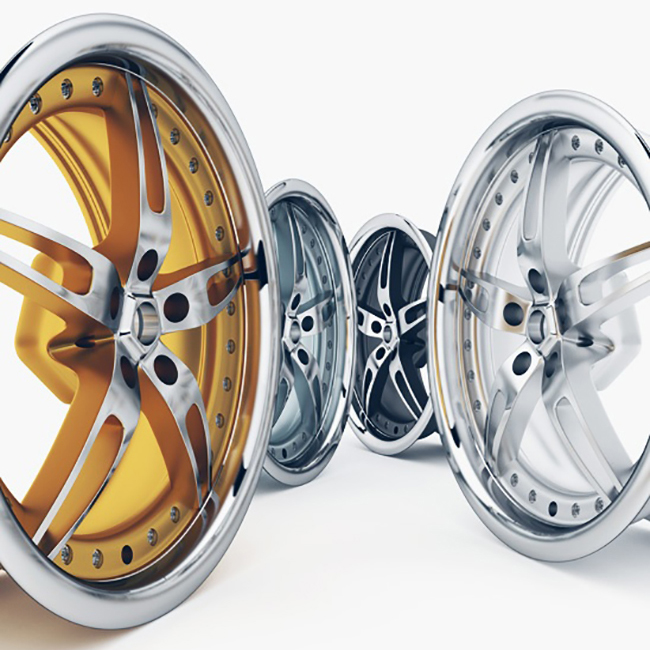rear axle wheel seal
Understanding Rear Axle Wheel Seals Importance and Maintenance
The rear axle wheel seal is an essential component in vehicle performance and safety, often overlooked yet vital to the vehicle's overall functionality. Located at the interface between the axle and the wheel hub, the primary role of the wheel seal is to prevent the leakage of lubricants from the axle assembly while simultaneously keeping dirt, grime, and moisture out of the axle housing. This dual function is critical in ensuring the longevity and efficiency of a vehicle's drivetrain.
The Importance of Rear Axle Wheel Seals
Wheel seals play a crucial role in maintaining the integrity of the differential and axle assembly. By ensuring that the lubricant stays within the system, wheel seals help minimize wear and tear on the bearings and gears. Lubricants are essential for reducing friction and heat, which, if left unchecked, can lead to premature failure of the drivetrain components. The financial implications of a failed rear axle due to degraded or leaky seals can be significant, emphasizing the importance of regular maintenance and inspection.
In addition to lubrication retention, wheel seals protect against environmental contaminants. Dust, water, and debris can compromise the drivetrain’s functionality and lead to severe mechanical issues. A well-functioning rear axle wheel seal helps maintain clean operating conditions, prolonging the life of the axle and associated components.
Signs of a Failing Rear Axle Wheel Seal
rear axle wheel seal

Recognizing the signs of a failing rear axle wheel seal is crucial for preventative maintenance. Common indicators include visible oil leakage around the wheel hub, unusual noises such as grinding or whining from the rear axle, and increased play in the wheel itself. If any of these symptoms are observed, it is essential to address the issue immediately to avoid more extensive and costly repairs.
Maintenance Tips
To ensure the longevity of the rear axle wheel seals, regular maintenance is advised. This includes periodic inspections during routine vehicle check-ups. Technicians should look for signs of wear, leakage, and any contamination that may have settled around the seals. Furthermore, it is advisable to replace the wheel seals whenever the rear axle is serviced, such as when bearings are replaced or brake components are serviced. This proactive approach can prevent potential breakdowns and extend the lifespan of the axle assembly.
Conclusion
The rear axle wheel seal might seem like a small part of a vehicle's complex system, but its impact on vehicle performance and safety is significant. By preventing lubricant loss and protecting against contaminants, these seals help ensure the effective operation of the vehicle's drivetrain. Regular maintenance and timely repairs can save vehicle owners from unexpected failures and costly repairs. Understanding the role and importance of rear axle wheel seals is essential for anyone looking to maintain the reliability and longevity of their vehicle. Through proper care and attention, vehicle owners can enjoy a smoother, safer ride while extending the life of their axle components.
-
Simplifying Oil Changes: A Comprehensive Guide to Oil Drain Plugs and Their Variants
News Aug.04,2025
-
Mastering Oil Drain Maintenance: Solutions for Stripped, Worn, and Upgraded Oil Plugs
News Aug.04,2025
-
Fixing Oil Pan Plug Issues: Leaks, Stripped Nuts, and the Right Replacement Solutions
News Aug.04,2025
-
Everything You Need to Know About Oil Drain Plugs: Sizes, Fixes, and Upgrades
News Aug.04,2025
-
Choosing the Right Oil Drain Plug: A Guide to Sizes, Materials, and Drain Innovations
News Aug.04,2025
-
A Complete Guide to Automotive Drain Plugs: Types, Problems, and Innovative Solutions
News Aug.04,2025
-
The Ultimate Guide to Car Repair Kits: Tools and Essentials Every Driver Should Own
News Aug.01,2025
Products categories















